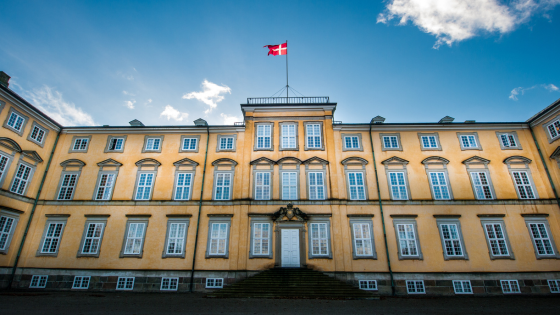After briefly reviewing the new European Energy Performance of Buildings Directive last week, today we’re focusing particularly on energy consumption in public buildings.
Publicly managed or owned buildings represent a significant part of the overall building stock and they are all around us. In reality, it doesn’t really matter if a building is public or private, it contributes on similar terms to energy consumption, carbon emissions and contributes to energy demand to the grid. But let’s see more.
Why should Public Buildings Save Energy?
As you know, publicly owned buildings have many shapes and forms. They can be town halls, schools, libraries, offices, theatres, embassies… The list is very long.
The building characteristics may be the same as other sectors. A town hall has similarities with an office building or a bank branch, for example. However, what makes public buildings different is the owner or manager and their key objectives. Public authorities are not driven by economic factors the same way that private companies. But managing costs wisely is still something you need to take into account. And saving energy has become a priority in the public sector too.
As more requirements and regulations come into place to encourage private businesses and building managers to save energy, the administration cannot stay aside. You can lead by example:
- Showing that you also abide by the rules
- Helping yourself save some taxpayers money
- Contributing to the overall energy reduction
Where to start? By analysing current consumption, measuring energy consumption and identifying the first areas to take action. There are many initial steps you can take. If you haven’t taken any energy saving measures yet, there is definitely a lot of room for improvement. Energy can be saved in many of your buildings, and you can start by taking “quick” and easy steps to get started. From changes in light, HVAC or reviewing your energy contracts, for example.
You can also take a step forward and do an energy audit to identify clearly the areas where you can implement the most effective measures.
You don’t know where to start? See the example of Frederiksberg Municipality below and get some ideas.
Energy Management in City Halls and Theatres
Although public buildings can be very different between themselves, let’s take a look at a particular type of public buildings, city halls. City halls tend to be classical and built decades or even centuries ago. See Belfast, Brussels, Vienna, Barcelona or Trieste, for example. Same goes for museums or theatre venues.
Historical buildings may need different energy saving measures or some more tailored ones. The architecture is different to that of a more modern, functional building and some of the structures may need more care or professional hands. This doesn’t mean that City Halls should be left out of the equation. Just that you may need to consider further elements for heritage preservation besides the energy factor.
In case you’re wondering about modern public buildings, of course there are exceptions and new modern buildings are being built. For example London’s City Hall or Dublin’s Bord Gáis Energy Theatre.
Funding for Energy Saving in Public Administration
In some countries there are existing schemes to help public administrations save energy and help reduce the carbon footprint of their assets. That’s the case of the UK, with the Heat and Buildings Strategy and Public Sector Decarbonisation Scheme. This consists of a series of grants for local bodies to put in place specific actions to save energy and reduce emissions. Among others, these actions include:
- HVAC improvements
- Switching to LED lighting
- Installation of solar panels – this will actually become compulsory for some existing public buildings under the EPBD 2024/1975
- Connection to District Heating
Whether the initiative comes from national grants like the UK case or as individual initiatives by local authorities, it’s clear that more and more public bodies are considering energy management strategies.
That is the case of Frederiksberg Municipality in Greater Copenhagen, which you can discover in the following section.
The Case of Frederiksberg Municipality, Denmark
The Frederiksberg Municipality in Copenhagen, with 100.000 inhabitants in an 500.000m2 area, is one of the most densely populated in Denmark. They decided to start saving energy in public buildings as part of an effort to reduce overall emissions and also to lead other players in the area by example.
They reached out to our partner Niras to take action and with their advice they started using the Spacewell Energy Platform as their day-to-day energy management tool.
Between a dedicated team inhouse and the constant support of Niras, the project focused on accessing reliable and regular energy consumption data. With the objective to reduce the consumption where possible and to avoid and detect possible problems or waste. Download the case study to see all details and see how you can save energy as well.




